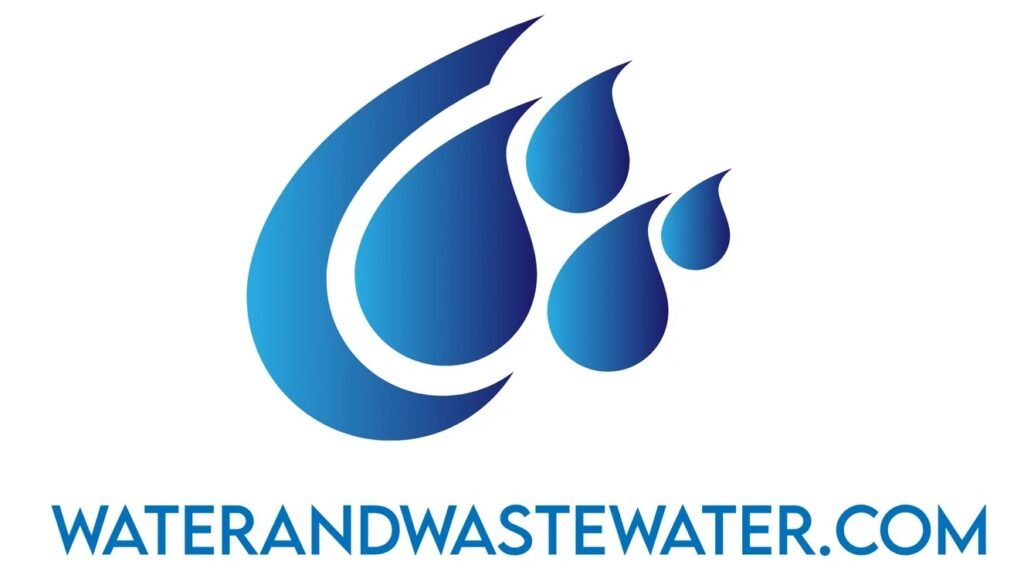
Tag: water quality standards
Perforated screens play a crucial role in wastewater treatment plants. They are the first line of defense, protecting the delicate processes downstream by physically removing large solid materials from the wastewater. By using a series of evenly spaced holes, these screens capture and separate debris, ranging from large particles to finer organic materials, which could […]
Non-potable water is water that has not been treated or purified to the level necessary for safe human consumption. It encompasses a variety of water types that are utilized for purposes other than drinking, such as irrigation, flushing toilets, and industrial processes. Addressing the question “What is non-potable water?” it is essential to clarify that […]
Ozonation is a water treatment process that leverages the power of ozone, a potent oxidizing agent, to eliminate various contaminants from wastewater. Traditionally used for disinfecting drinking water, its application has expanded to treat municipal and industrial wastewater. Ozone is particularly effective against bacteria, viruses, and organic compounds, often as a tertiary treatment step to […]
Effluent discharge refers to the flow of wastewater—treated or untreated—that is released into natural water bodies from various sources including industrial, commercial, and residential establishments. The characteristics of this effluent can vary widely based on the source and the types of contaminants present, ranging from organic matter and nutrients to chemicals and thermal pollution. The […]
Global engineering and consulting firm Black & Veatch (B&V) announced this week that it has acquired the water business of MJ Gleeson Group, an Australian construction and civil engineering company. This strategic acquisition significantly expands B&V’s water infrastructure capabilities and strengthens its presence across the Asia-Pacific region. MJ Gleeson’s water infrastructure division specializes in designing […]